Dr. Robert Rozett
The building blocks upon which we strive to reconstruct and understand the historical past, including the Holocaust, are primarily words; words supplemented with personal images and artifacts, which, in turn, we explain with words.
It was with words – and images – that the Nazis and their adherents articulated their extreme antisemitic hatred and fanned its flames. With words they determined all Jews to be their archenemies and blamed them for all of the ills of society as they perceived them to be. Undoubtedly, without such hateful words, the brutal and murderous actions would not have followed; furthermore, it was with words that they justified perpetrating the crime of the Holocaust.
The documentation for the events of the Holocaust is vast; just in the Yad Vashem Archives, which gathers documents from around the world, there are well over 220 million pages. In addition to written sources, tens of thousands of oral testimonies by survivors, direct perpetrators and others who took part in some way or witnessed the events, have assumed a central place in the historical record. Survivor testimonies are crucial for any exploration of the Holocaust from a Jewish perspective and they supplement the Jewish diaries, letters and scant official records that remained when the maelstrom had subsided. Yet we must remain acutely aware that at times, survivors found it nearly impossible to find any words at all to even begin to articulate their experiences.
Every word of documentation is part of the record of events, but words by themselves can tell only a fragment of the story. Fragments strung together are like threads in a tapestry, and to understand them more clearly, they must be placed with other threads that intersect with them. In order to imbue the interlacing threads with meaning, they must be seen in context. This is the work of the historian, to recover the strings of words and place them in context – both immediate and wider. When this happens, raw information yields knowledge, and that knowledge can then be passed on to others through education – also primarily using words.
The words we use to teach about the Holocaust are often charged not only with meaning but also with strong, underlying emotions. They can be brutal, evoking the worst in human behavior, or gentle, expressing the sparks of human kindness that never completely disappeared in the Holocaust despite the omnipresent suffering and violence. The accuracy we must be careful to use when speaking about the Holocaust is essential to conveying underlying complexities and nuances in the tapestry we seek to construct and understand.
Much of the current distortion of the Holocaust in public discourse is facilitated by taking the words – the threads of the tapestry – out of their proper context and forcibly manipulating them into perspectives that have no real grounding in the historical record. It is our role as historians and educators to call this out whenever it happens, and to ensure that fake narratives do not take the place of legitimate accounts that are clearly derived from documentation.
To honor the memory of the victims, to try to understand the events they experienced and to teach the generations to come, we must harness all of our intellect, wisdom and thoughtfulness when using the words, ideas and concepts that we derive only from the documented historical record of the Holocaust.
